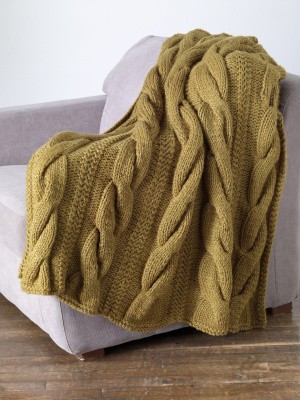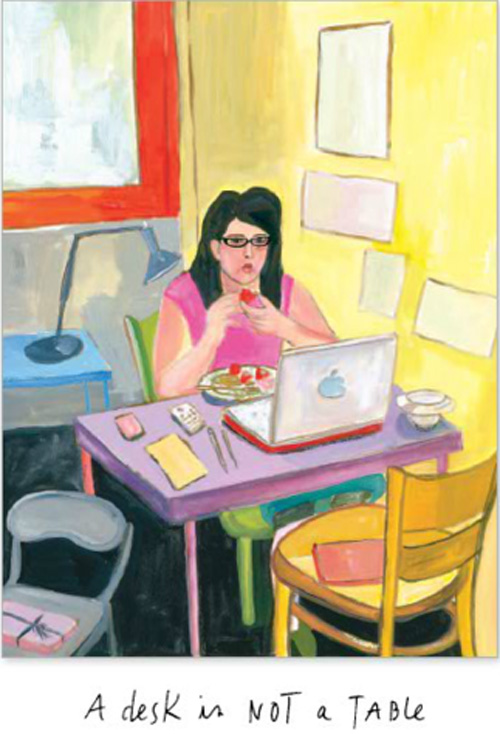 In my conciliatory effort to catch up, it’s time for another knitting project. Before you grab your needles, let’s take a look at the saving the planet side of knitting.
In my conciliatory effort to catch up, it’s time for another knitting project. Before you grab your needles, let’s take a look at the saving the planet side of knitting.
Since I must examine the eco-friendliness of everything, and I must knit, I must help you find a way to knit without doing any further harm to our precious environment.
Let’s be real. Knitting is not the greenest of crafts. It’s expensive, and there's a myriad of toxic additives and dyes used in the manufacturing of yarn. The process is not energy-efficient, and not great for workers health. And a large chunk of yarn comes from faraway places. All of this can negatively affect people and our planet.
While the yarn industry may have a long way to go, there are a few things conscious knitters can do.
3 Ways to Green Your Knitting
1. Knit Your Stash – Here's a fact: Knitters horde yarn. Why? Because you’ll never know when you will need a variegated purple fingering-weight merino angora-blend skein. What was I thinking?
2. Unravel An Old Sweater – It’s spring…go weeding in your sweater drawer. I wrote about how to rip out a sweater and reuse the yarn HERE. Try it. For some, ripping out is more fun than knitting.
3. Consider Your Ecological Impact – Purchase organic yarn from a local yarn shop. Organic yarn goes through the same rigorous requirements as organic meat. Sheep are fed organic feed, free of injected growth hormones, and their cushy fleeces cannot be washed in chemicals. Natural dyes seal the eco-deal.
My daughter sent me a photo of a coverlet she wants for her bed (main image). I pinned it onto my Pinterest Knitting Board. Love the big cables. I found the perfect (free) KNITTING PATTERN (right), and beautiful creamy organic yarn at my local yarn shop.
Cabled and caught up!
Photos: the style files, Lion Brand Yarn




 Holiday Win:
Holiday Win: 
